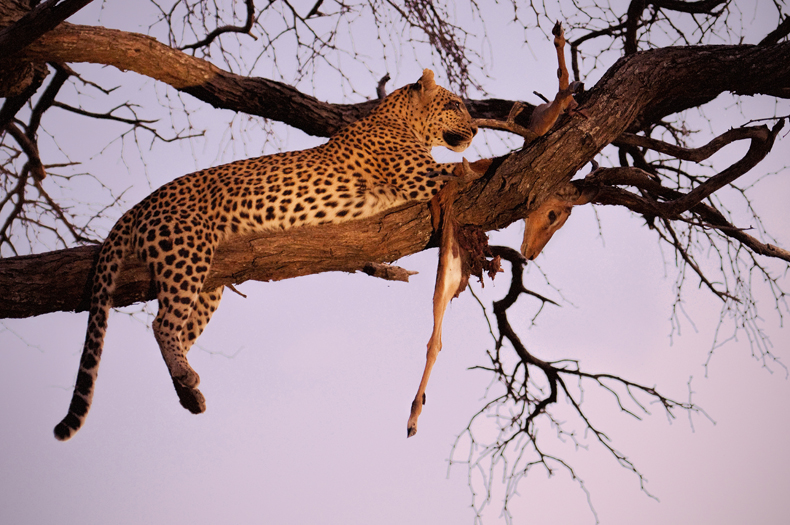
People
protect what they love.
Jacque Cousteau
Imagine Connecticut as a vast tree studded grassland, vibrating with the beat of a million hooves and the thunder of predatory growls, and the scale of the Serengeti Plains will come into focus. Grand in scope, like Yellowstone, a fair comparison. As one of the world's most iconic travel destinations, the Serengeti receives more funding than other parks in poor countries. Much of this, however, comes from without, via organizations such as World Wildlife Fund, and many others.
But funds pale in comparison to need. This is a big place under constant threat, primarily poaching. A chief warden commands an army of rangers in military style. Bases are dispersed throughout the vast system. However, tents, food, arms, and ammunition are often in short supply. Rangers risk their lives on a regular basis for $100 a month, that may come late, or not at all.
The park's few small planes are often in disrepair and maintenance is unreliable. And when the planes are finally airworthy they may be grounded by lack of fuel. Vehicles, in constant use on bumpy track and through the bush, have a short life expectancy, and Tanzania often lacks the funds to repair or replace them. The same is true for shortwave radios, critical for coordinating efforts in a park this size.
On the other hand the enemy is well trained and well supplied, with aircraft, automatic weapons, and plenty of ammunition. Outlying park stations are strategically attacked by commandos, often with fatalities, which leads to low morale of the outmanned park rangers. Driven by huge profits the professional poacher will hunt by night and hide by day, far from roads, invisible from the air, and flanked by soldiers who are paid well, and on time.